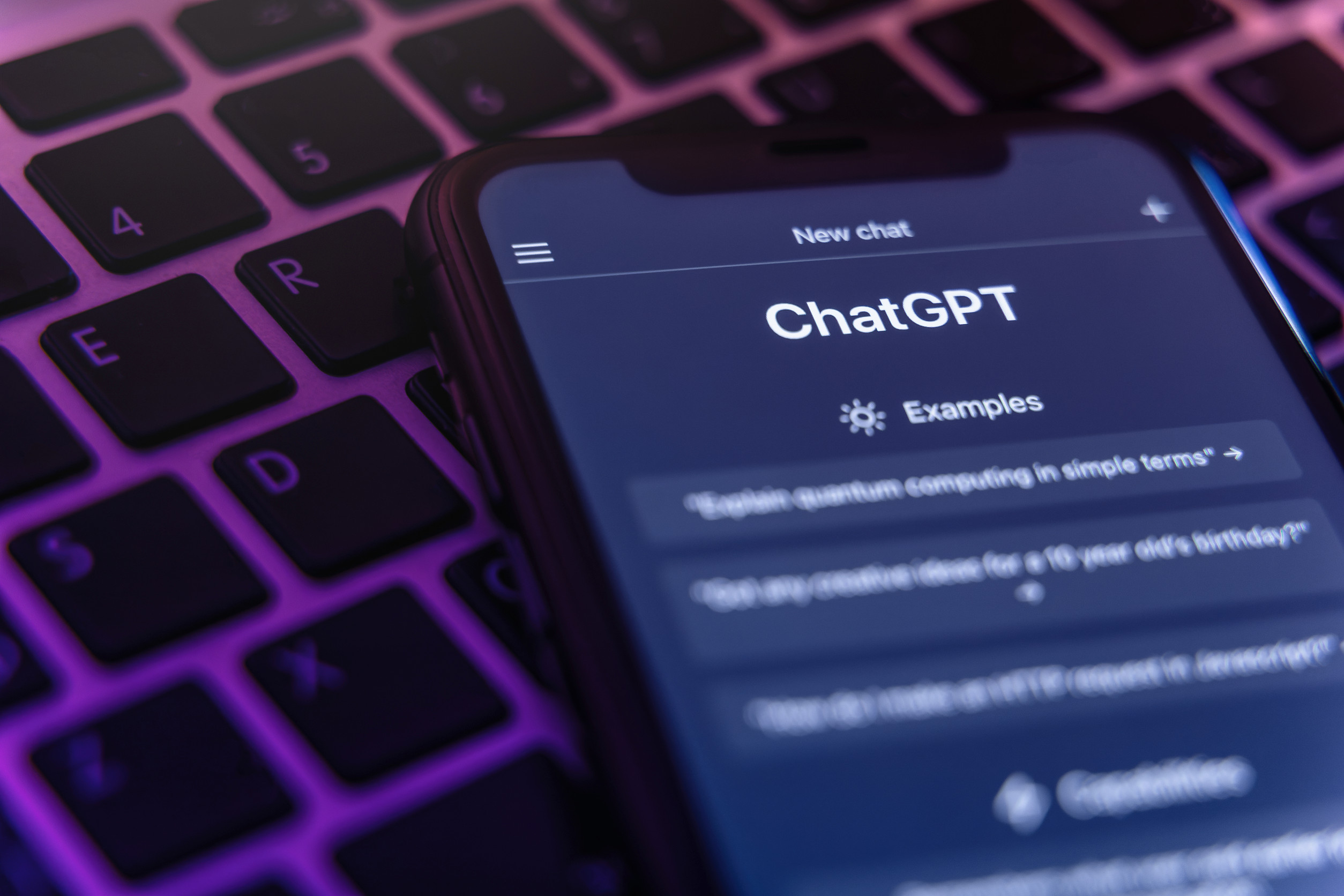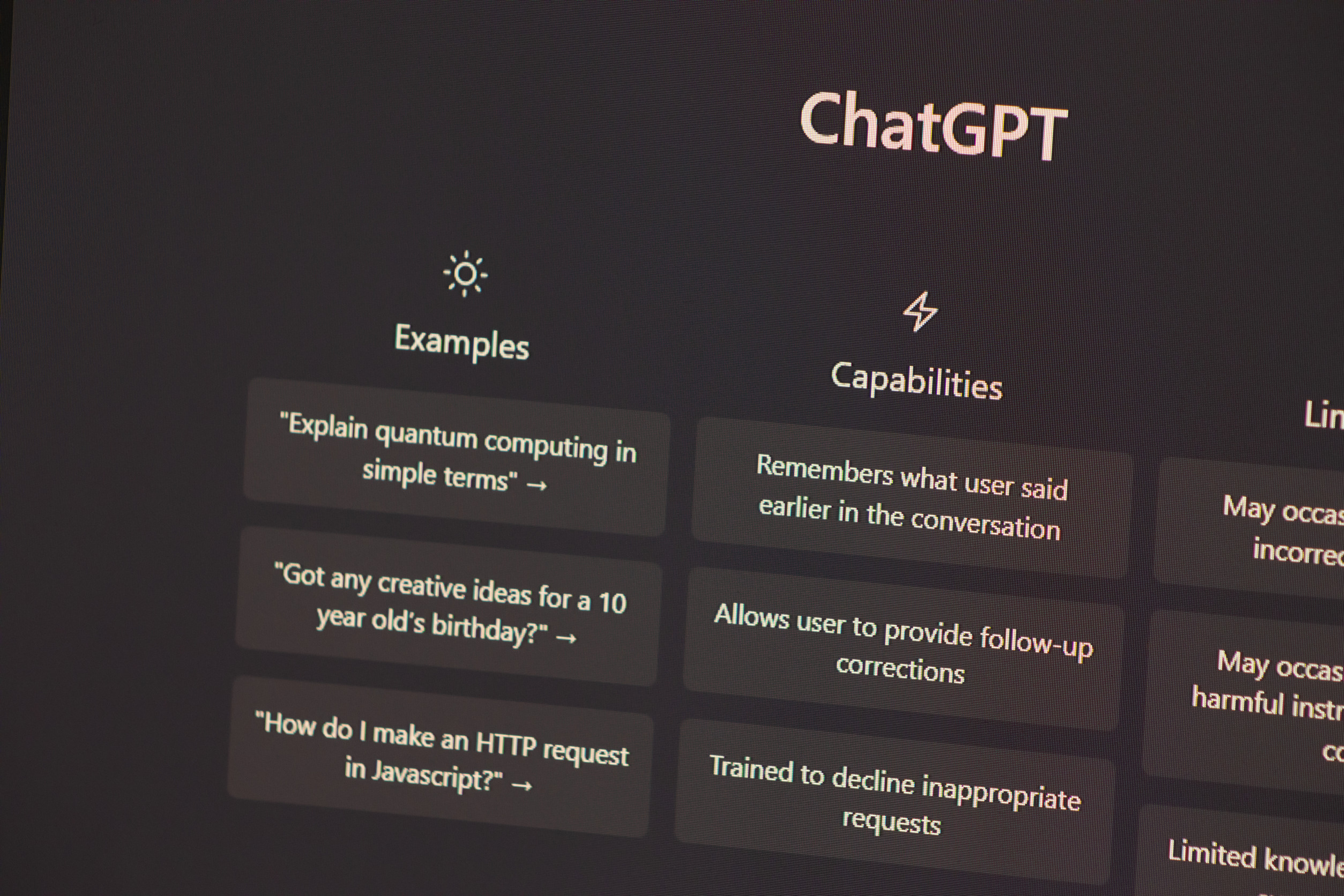Artificial intelligence was supposed to be the objective, efficient alternative to human inconsistency. It was built to sift through data, avoid bias, and offer clear-eyed insight where people often falter. But somewhere along the way, AI like ChatGPT started absorbing more than just language patterns—it started echoing human tendencies, quirks, and even some bad habits.
This isn’t about system failure or bugs; it’s about how machine learning, trained on massive amounts of human data, ends up mimicking not just our strengths but our weaknesses. And if left unchecked, these habits could undermine the very benefits AI was designed to bring.
1. Overconfidence Without Expertise
ChatGPT has a tendency to speak authoritatively even when it doesn’t fully understand a topic. This mirrors a common human flaw: the Dunning-Kruger effect, where limited knowledge leads to misplaced confidence. The AI is built to provide helpful answers, but in the absence of certainty, it sometimes guesses with too much certainty. It may frame assumptions as facts, especially when trained on content where people do the same. This overconfidence can be dangerous when users rely on it for critical decisions.
2. Mimicking Bias Instead of Filtering It
Despite efforts to reduce bias, ChatGPT can still reflect societal prejudices embedded in its training data. If the material it learns from contains gender stereotypes, racial bias, or cultural assumptions, those patterns can bleed into its responses. It doesn’t generate these views from intent, but it can still replicate them through exposure. Much like humans absorbing attitudes from their environments, the AI takes in what it sees most often. Bias is hard to unlearn—especially when it’s coded into the foundations.
3. Talking Too Much Without Saying Much
In a bid to sound polished or thorough, ChatGPT can sometimes offer long-winded answers that add little real value. This habit comes straight from human communication, where quantity often replaces clarity. The AI can ramble or repeat ideas just to maintain a conversational tone or fill space. Instead of cutting to the core, it sometimes dances around a topic without providing real substance. Efficiency suffers, and users walk away with more words but fewer insights.
4. Avoiding Direct Answers
Like a politician dodging tough questions, ChatGPT sometimes skirts around direct answers to avoid conflict, inaccuracy, or liability. This evasiveness comes from its training to be helpful without being harmful, which can result in vague or overly cautious responses. It learns to play it safe rather than risk being blunt. While this sounds responsible in theory, it can frustrate users looking for clear-cut information. The hesitation mirrors how people often avoid straight answers out of fear or discomfort.
5. Echoing Popular Opinion Without Question
Popularity doesn’t equal accuracy, but ChatGPT can default to mainstream views simply because they dominate its dataset. The AI often reproduces the consensus without challenging whether it’s actually correct or nuanced. This mirrors human behavior—where trends, fads, and widely held beliefs are accepted with little critical thinking. When everyone says the same thing, the AI assumes it must be right. The danger is in reinforcing echo chambers rather than offering balanced analysis.
6. Over-Apologizing to Stay Likeable
To maintain a friendly tone, ChatGPT often apologizes preemptively, even when it hasn’t done anything wrong. This habit stems from trying to stay neutral and agreeable, a human trait often tied to social acceptance. While it’s meant to be polite, excessive apologizing can feel robotic or even manipulative. It dilutes genuine accountability when everything comes with a disclaimer. Like people who apologize just to smooth over discomfort, the AI sometimes chooses harmony over honesty.
7. Repeating Patterns Just Because They Worked Before
Once ChatGPT finds a phrasing, tone, or structure that works, it tends to reuse it often—even when it’s not the best fit. This stems from a human-like tendency to stick with what’s familiar rather than adapt to new situations. While consistency can be good, repetition can lead to stagnation or predictability. It’s a comfort zone that limits creativity and responsiveness. The machine isn’t lazy—it’s just echoing human preference for patterns over innovation.
8. Taking Context Too Literally—or Not Literally Enough
ChatGPT sometimes fails to adjust tone or meaning based on subtle cues, treating every conversation with the same level of seriousness or informality. This mirrors how humans sometimes misread social context or tone. The result can be awkward, mismatched replies that don’t quite land the way they should. It struggles with nuance, especially when the signals are mixed or minimal. Like people, the AI occasionally misses the point by focusing on words over intent.
Is AI Just a Mirror With Memory?
ChatGPT’s quirks aren’t just programming oversights—they’re reflections of the human world it’s trained on. The more AI tries to serve us, the more it starts resembling us, flaws and all. That’s both a warning and an opportunity: if we want better AI, we have to feed it better human behavior. Spotting these habits is the first step to fixing them and ensuring the tools we build are truly helpful, not just echoes of ourselves.
What habits have you noticed? Share your thoughts or experiences in the comments below.
Read More
8 Unique Things That ChatGPT Can Do and It’s Changing People’s Lives
8 Things You Should Never Type Into ChatGPT


